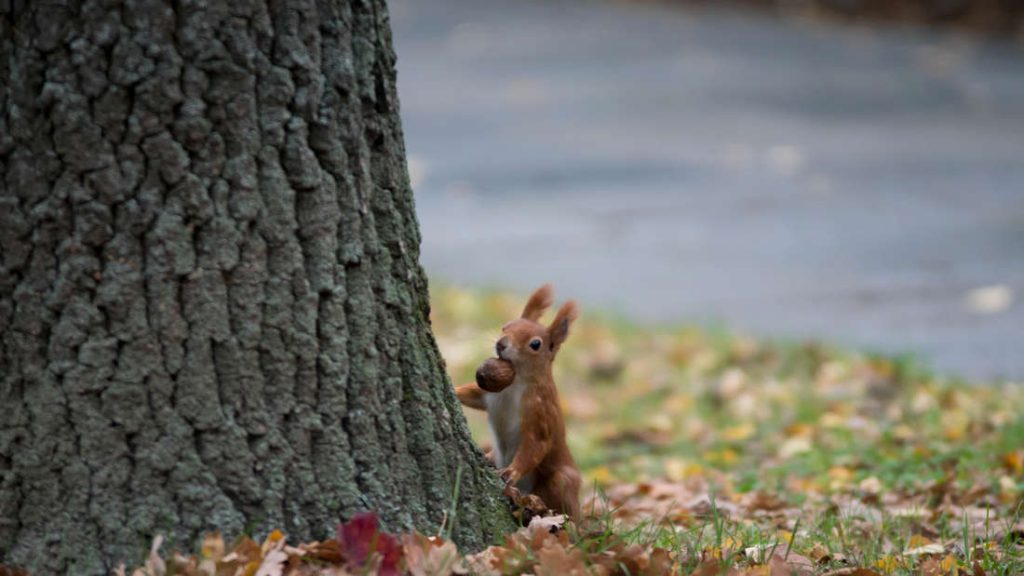In the intricate tapestry of a garden ecosystem, there exists a hidden world that often goes unnoticed by casual observers the realm of ground-dwelling animals. These inconspicuous creatures play a vital role in maintaining the balance of the garden ecosystem, contributing to soil health, nutrient cycling, and overall biodiversity. By delving into the lives of these often-overlooked inhabitants, we can gain a deeper appreciation for the complexity and interconnectedness of nature. One of the most important groups of ground-dwelling animals in a garden ecosystem is the soil macrofauna. Comprising organisms such as earthworms, beetles, ants, and millipedes, these creatures perform invaluable services that contribute to the fertility and structure of the soil. Earthworms, for instance, are renowned for their ability to aerate the soil through their burrowing activities, facilitating water infiltration and root growth. Additionally, as they consume organic matter, they process it into nutrient-rich casts that enrich the soil and provide sustenance for plants.
 Ants, often regarded as a nuisance by gardeners, actually have a beneficial role in the ecosystem. They are responsible for soil turnover and nutrient mixing as they build intricate underground tunnels. Moreover, their foraging activities contribute to seed dispersal, aiding in the regeneration of plant populations. Similarly, beetles and millipedes help break down organic matter, releasing essential nutrients into the soil and fostering a healthier growing environment. Beyond the realm of the soil, ground-dwelling animals also impact the garden ecosystem through their interactions with other species. For instance, predatory ground beetles play a crucial role in regulating pest populations. These beetles, known for their voracious appetites, feed on pests such as slugs, snails, and caterpillars, helping to maintain a natural balance and reducing the need for chemical interventions. In this way, a diverse community of ground-dwelling animals can contribute to the overall health of the garden while minimizing the reliance on harmful pesticides. Understanding the life cycles and behaviors of ground-dwelling animals is essential for creating a garden environment that supports their needs.
Ants, often regarded as a nuisance by gardeners, actually have a beneficial role in the ecosystem. They are responsible for soil turnover and nutrient mixing as they build intricate underground tunnels. Moreover, their foraging activities contribute to seed dispersal, aiding in the regeneration of plant populations. Similarly, beetles and millipedes help break down organic matter, releasing essential nutrients into the soil and fostering a healthier growing environment. Beyond the realm of the soil, ground-dwelling animals also impact the garden ecosystem through their interactions with other species. For instance, predatory ground beetles play a crucial role in regulating pest populations. These beetles, known for their voracious appetites, feed on pests such as slugs, snails, and caterpillars, helping to maintain a natural balance and reducing the need for chemical interventions. In this way, a diverse community of ground-dwelling animals can contribute to the overall health of the garden while minimizing the reliance on harmful pesticides. Understanding the life cycles and behaviors of ground-dwelling animals is essential for creating a garden environment that supports their needs.
Providing suitable habitats, such as areas with leaf litter or undisturbed soil, can encourage these creatures to establish residence. Moreover, limiting the use of pesticides and practicing organic gardening methods helps preserve the delicate balance of the ecosystem and ensures that these animals can thrive. Educating gardeners about the importance of ground-dwelling animals can lead to a shift in perspectives. Rather than focusing solely on visible flowers and foliage, individuals can recognize that a flourishing garden is the result of a myriad of interconnected interactions occurring beneath the surface. Promoting a deeper understanding of these often-unseen inhabitants fosters a sense of stewardship and encourages more sustainable gardening practices. The world beneath the leaves in a garden holds a diverse and intricate community of ground-dwelling animals that contribute significantly to the ecosystem’s health and balance and check here tier-im-garten.de. From soil macrofauna to predatory beetles, each species plays a unique role in maintaining the vitality of the garden environment. By recognizing the importance of these creatures and incorporating practices that support their existence, we can create gardens that thrive not only in terms of aesthetics but also in terms of ecological sustainability.